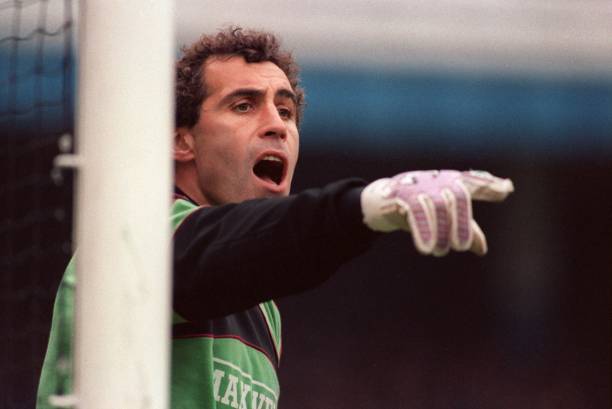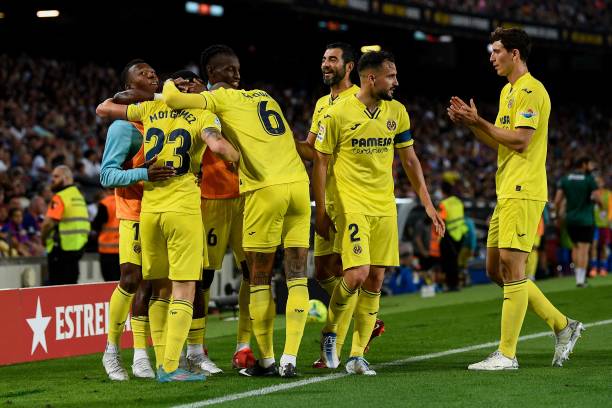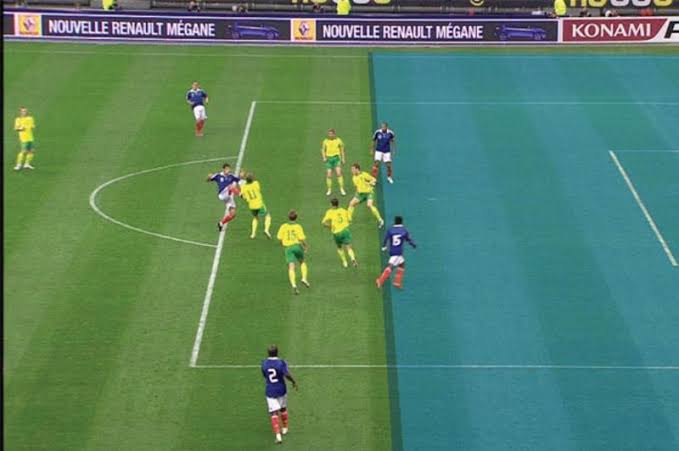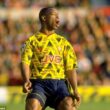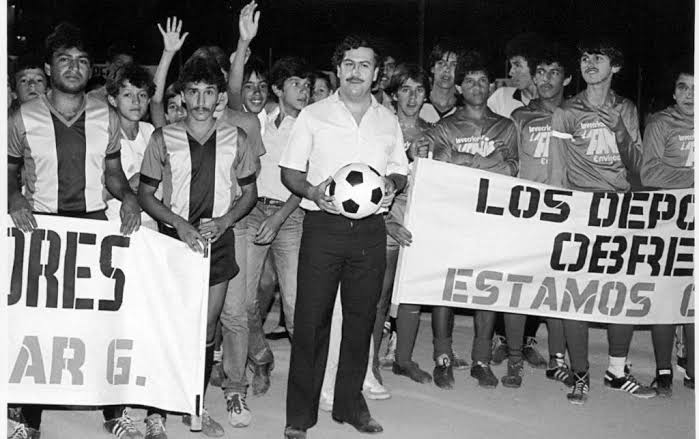The role of a number 9 in soccer is a crucial one that can make or break a team’s performance. As the primary striker, the number 9 is responsible for leading the attack and scoring goals. However, their role extends beyond just scoring goals. In this article, we will look the various responsibilities of a number 9 in soccer and how they contribute to the success of their team.
Who is a number 9 in soccer?
The number 9 is the position of the team’s central striker or center forward, and the number nine is usually at the top or in front of the midfielders and tasked with scoring goals for the team.
When a number nine is not doing his job properly or is not prolific, the team will usually suffer and struggle to score and win games.
Meanwhile, number nines have a secondary role of creating scoring opportunities for other attackers in the team, but he’s usually more appreciated when he scores the goals.
Scoring goals may seem straightforward, but a number nine may not be able to do this without unsettling the opposition’s defense, getting into spaces in between the defenders, and so on.
Number 9s are also expected to pressure the opposition defense when his team is out of position. A striker needs to be strong and gather pace so that he can also hold up play to draw in his teammates in the attacking position for support.
Furthermore, a striker is responsible for holding up and linking up play by dropping back and working with midfielders to create scoring opportunities. Link-up play involves quick combinations between the dropping forward and a teammate in a deeper position, allowing the ball to be progressed up the field
Teams also like to play with a tall, strong forward for aerial presence and dominance.
What are the qualities of a number 9?

Center forwards are expected to be goalscorers, but they can only excel if they possess some traits and if their teams play to these qualities.
While individual players have specific qualities that are personal, strikers around the world are known for the following.
Finishing
A number 9 is expected to be a prolific goal scorer who can finish off chances with both feet and head.
Physicality
The center forward needs to be physically strong and able to hold off defenders, as well as win aerial duels and battles in the box.
Positioning
A good number 9 has a natural instinct for finding the right positions in the box to receive crosses and through balls and to create scoring opportunities.
Technique
The number 9 should have good ball control, dribbling skills, and the ability to make quick, accurate passes in and around the box.
Leadership
The center forward often plays a crucial role in motivating the team and setting the tone for the attacking play.
Work rate
The number 9 is expected to work hard off the ball, pressing defenders and chasing down lost balls to create opportunities for the team.
Mental toughness
A good number 9 needs to be able to handle the pressure of being the main goalscoring threat and maintain composure in high-pressure situations.
These are the qualities that number nines are expected to have; they are also usually physically tall, fast, and well-built. It’s no coincidence that they share similar physical attributes with defenders.
Meanwhile, strikers are supported by wingers and playmakers who provide assists with crosses or passes, which they are expected to convert with shots or headers.
Who are the most iconic number 9s in soccer history?
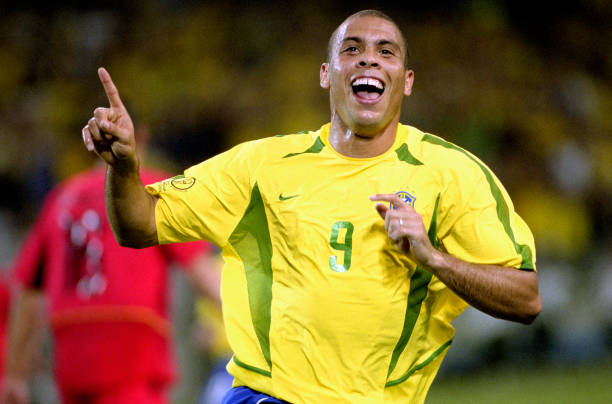
There are some number 9s in the history of soccer who seem to have been born to play in the position, while there are others who grew into the position.
Brazilian forward Ronaldo De Lima is known as one of the best to have played in that position and is seen as a classic example for upcoming players.
Other great examples are Premier League all-time top soccer Alan Shearer, Cameroonian legend Samuel Eto’o, Ivorian Didier Drogba, Ruud Van Nistelrooy, and Thierry Henry.
Some of the of the greatest strikers in the history of soccer include: Gerd Müller, Marco van Basten, Ferenc Puskás, Eusébio, Romario, Josef Bican, and Gabriel Batistuta.
Who is a false 9 in soccer?

False nines are players who are not originally center forwards but are placed in front of the midfield in the number 9 position.
A false nine is a strategically moves towards the ball in deeper positions from a high starting position, confidently dropping to receive centrally.
The primary intention is to get on the ball away from the opposition centre-backs, effectively drawing players out of position and disrupting the defence.
Basically, they are not necessarily expected to score goals but rather to provide goalscoring opportunities for other attacking players around them.
There have been several notable false nines in soccer throughout history. Lionel Messi is perhaps the most famous example of a false nine, having played the role to great effect under Pep Guardiola at Barcelona.
Other famous false nines in soccer include Francesco Totti, Cesc Fabregas, Roberto Firmino, Dennis Bergkamp, Johan Cruyff, and Kevin De Bruyne. These players have all demonstrated the ability to drop deep and create space for their teammates while also being able to score goals themselves.
Who are the best number 9s in soccer now?
Right now, there are a lot of lethal centre-forwards who wear the number 9 jersey and fulfil the role of a number 9. They include:
- Erling Haaland
- Robert Lewandowski
- Victor Osimhen
- Karim Benzema
- Harry Kane
- Dušan Vlahović
- Gabriel Jesus
- Romelu Lukaku.
Why do strikers wear the number 9 jersey in soccer ?
The number 9 shirt is one of the best soccer jersey numbers. Many people 9ften wonder why the number is usually reserved for centre-forwards.
Numbers in soccer were originally used to show the position and role of a player on the team. It wasn’t about identifying the player, but making sure everyone knew what they were supposed to do on the field.
Players used to be numbered from the lowest to the highest, depending on their position. This is why the goalkeeper is number one and the winger is usually number 11.
The number 9 jersey is traditionally worn by the center forward or striker in soccer.
When jersey numbers were first introduced in soccer, players lined up on the field according to their position, and the center forward was assigned the number 9. This tradition has continued to this day, and the number 9 has become synonymous with the striker position.
Conclusion
The number 9 in soccer is unequivocally the team’s primary center forward or striker, whose main responsibility is to score goals for the team. The player who dons the number 9 jersey is typically a prolific goal scorer for their team. This position is also referred to as a striker or center forward, and is the most offensive position on the field. Besides scoring goals, the striker may also contribute assists and participate in attacking build-ups.
YOU SHOULD ALSO FIND OUT:
- The Role Of A Number 8 In A Football Team
- What Is The Role Of A Number 6 In Soccer?
- Who Is A Stopper In Soccer?
- What Is The Average Height Of Soccer Players?
- What Is The Average Distance Run In A Soccer Game?
- Who Is A Full Back In Soccer? Roles And Meaning Explained


